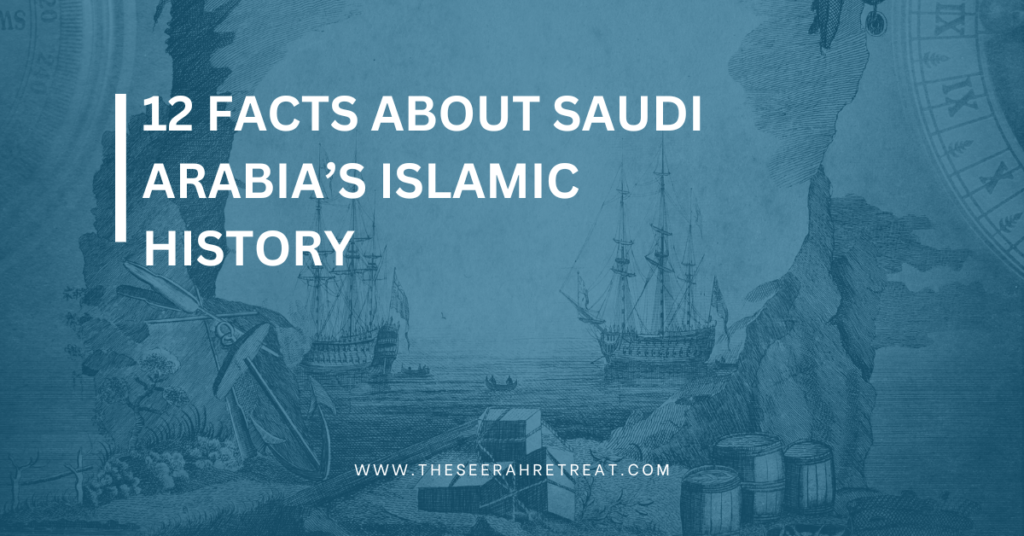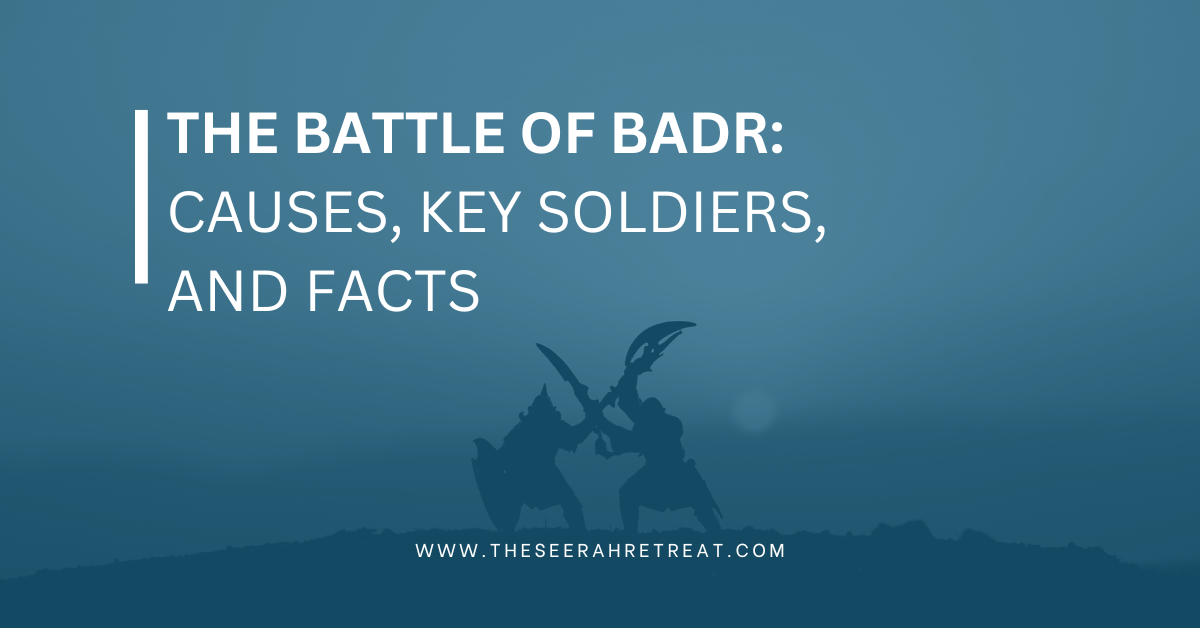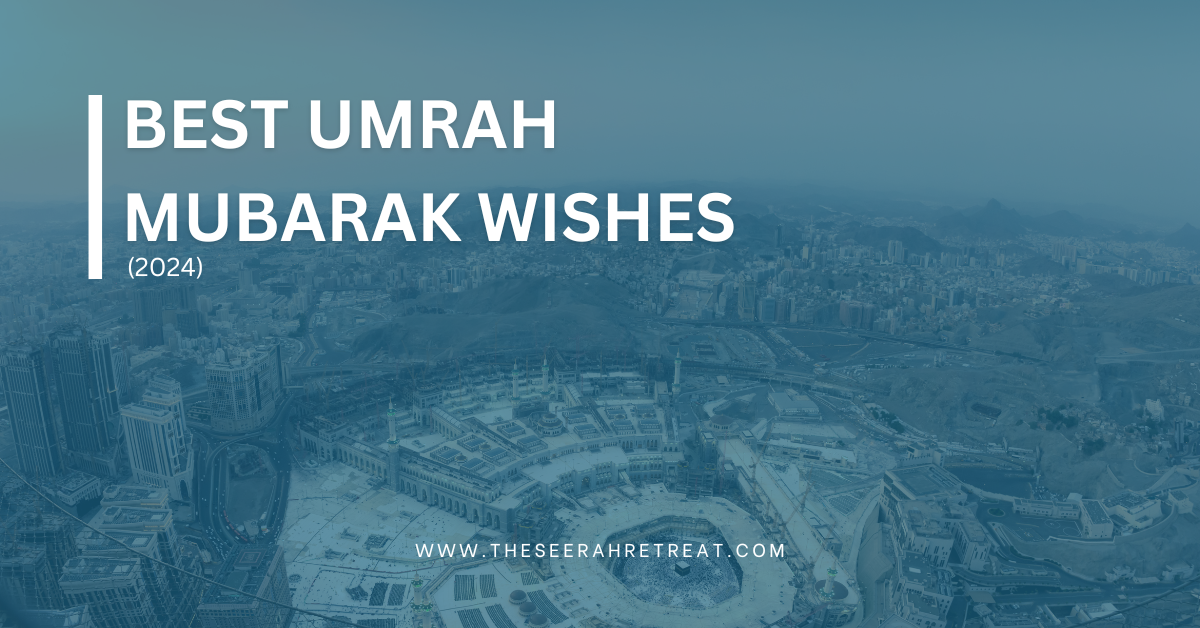Saudi Arabia, the birthplace of Islam, is often wrapped in mystery, with layers of its history shrouded in stories that have been handed down for centuries. Here are 12 facts that shine a light on lesser-known aspects of this land’s fascinating Islamic history, a narrative that’s not only rich but resonates deeply with people around the world.
The Prophet Muhammad’s (PBUH) Hometown Was Much Smaller Than You Might Think
- Today, Mecca is a sprawling city that draws millions of pilgrims every year. But back in the early 7th century, when Prophet Muhammad (PBUH) was born, it was a modest town with around 5,000 inhabitants. This small, close-knit community was the stage for events that would soon reshape the world.
The Zamzam Well’s Story Is More Than Just a Tale
- We all know the Zamzam well, but did you know it’s nearly 4,000 years old? Discovered by the Prophet Ibrahim’s (AS) wife, Hajar, after her son, Prophet Ismail (AS), cried in thirst, the well has continuously provided water, defying geological odds and serving as a powerful symbol of divine mercy.
The First Mosque in Islam Wasn’t in Mecca or Medina
- Al-Masjid al-Haram is the holiest mosque, but the first mosque built by Muslims was Quba Mosque in Medina. The Prophet Muhammad (PBUH) personally took part in its construction after migrating from Mecca, and it remains a symbol of the early Muslim community’s unity and resilience.
The Battle of Badr Was Won Against All Odds
- Fought just outside Medina, the Battle of Badr was a defining moment in Islamic history. The Muslim army had only around 313 fighters, with meager weaponry. Against all odds, they triumphed over a far larger Meccan force, a victory that many Muslims view as divinely assisted and a testament to their courage.
Medina’s Hospitality Is Steeped in Tradition
- When Prophet Muhammad (PBUH) migrated to Medina, the locals, known as the Ansar (helpers), warmly welcomed him and the Muslim migrants (the Muhajirun). This spirit of generosity and compassion remains a fundamental part of Islamic teachings on hospitality and community.
Mount Uhud Is Not Just a Landmark
- The Battle of Uhud is more than just a story of bravery; it’s a powerful lesson on faith and resilience. The Muslim community faced setbacks, but the event cemented the need for unity and strategic insight. Mount Uhud, overlooking Medina, stands as a quiet witness to this history, revered by many visitors to this day.
The Kaaba Has Been Rebuilt Multiple Times
- While the Kaaba is blessed to Muslims worldwide, few know it has been reconstructed several times due to flooding, fires, and other natural causes. The core structure dates back to the time of Prophet Ibrahim (AS), but modifications over the centuries have kept it resilient, standing strong in the heart of Mecca.
The Islamic Calendar Began with the Hijra
- Islam’s calendar doesn’t start from the birth of Prophet Muhammad (PBUH) but from the Hijra, the migration from Mecca to Medina. This event, which occurred in 622 CE, marked a significant turning point in Islamic history, setting the stage for the growth of the first Muslim state.
The Prophet’s Mosque in Medina Holds a Green Dome with a Story
- The iconic Green Dome, marking the burial place of Prophet Muhammad (PBUH), wasn’t always green. It was originally constructed in 1279 CE and was variously colored blue, white, and purple over the centuries. The green color, added in the 19th century, has since become an emblem of Islamic reverence.
Mecca Was a Center of Trade Even Before Islam
- Long before the rise of Islam, Mecca was a hub of trade and pilgrimage. Ancient trade routes crisscrossed Arabia, and the city was a melting pot of cultures, ideas, and traditions. This pre-Islamic history laid the groundwork for Mecca’s future role as the center of Islam.
The Treaty of Hudaybiyyah Was a Masterstroke in Diplomacy
- This peace treaty, signed in 628 CE between the Muslims and Quraysh tribe, established a 10-year truce, allowing Muslims safe passage to Mecca. Though initially seen as a compromise, it paved the way for greater acceptance of Islam and underscored the Prophet Muhammad’s (PBUH) emphasis on peaceful negotiations.
Saudi Arabia Was Home to Flourishing Civilizations Before Islam
- Pre-Islamic Arabia was home to several advanced civilizations, like the Nabateans of Al-Hijr, who built remarkable stone structures that still stand today. These civilizations, while distinct, set the stage for the rapid cultural and religious transformation brought by Islam.
These lesser-known facts reveal Saudi Arabia’s rich Islamic legacy, offering glimpses into the roots of the values that continue to shape the Muslim world today. Each of these points tells a story of resilience, humility, and a timeless connection to faith that resonates with people across generations.
So, the next time you find yourself reflecting on the roots of Islam, remember these stories, each a thread in the beautiful tapestry that is Saudi Arabia’s Islamic history.





